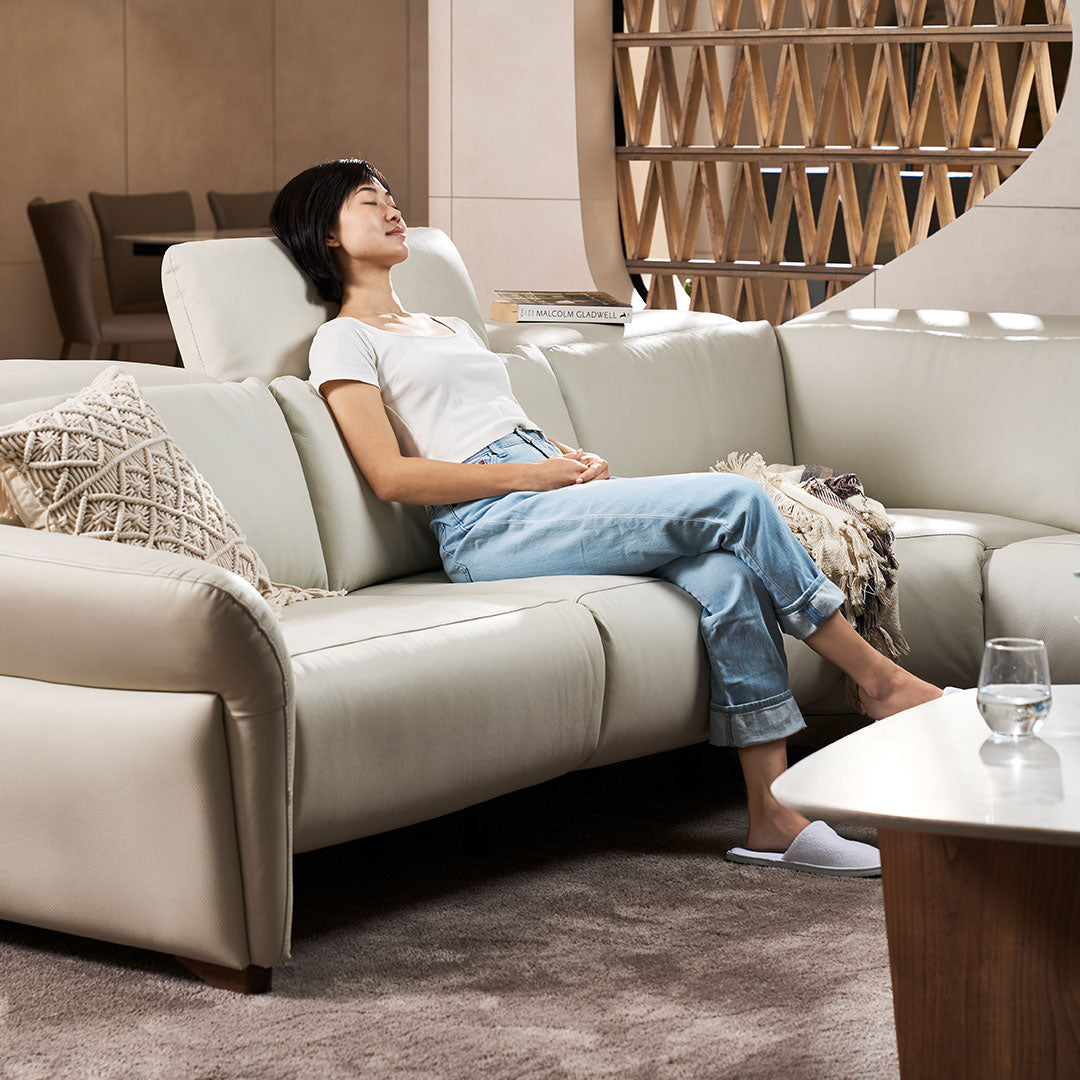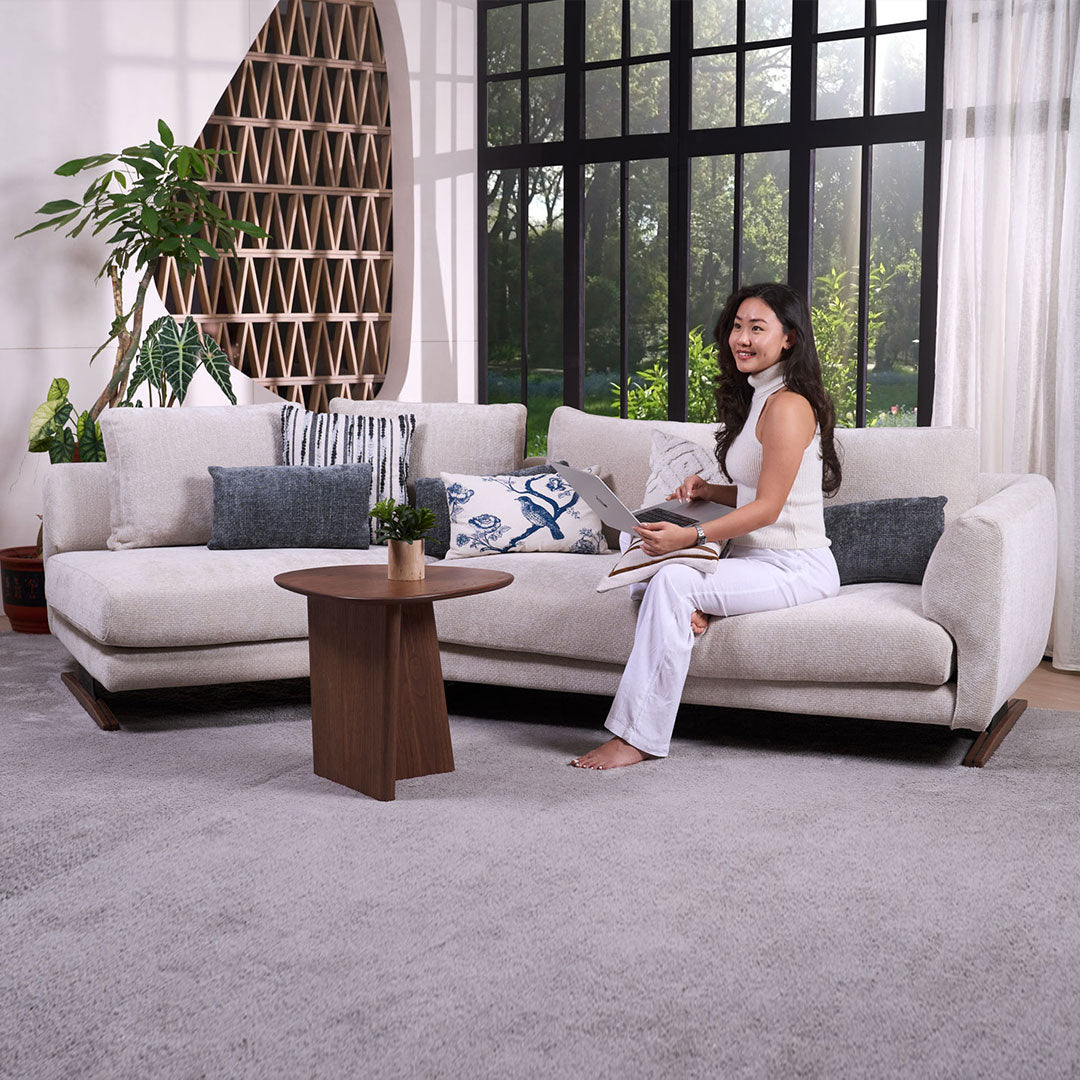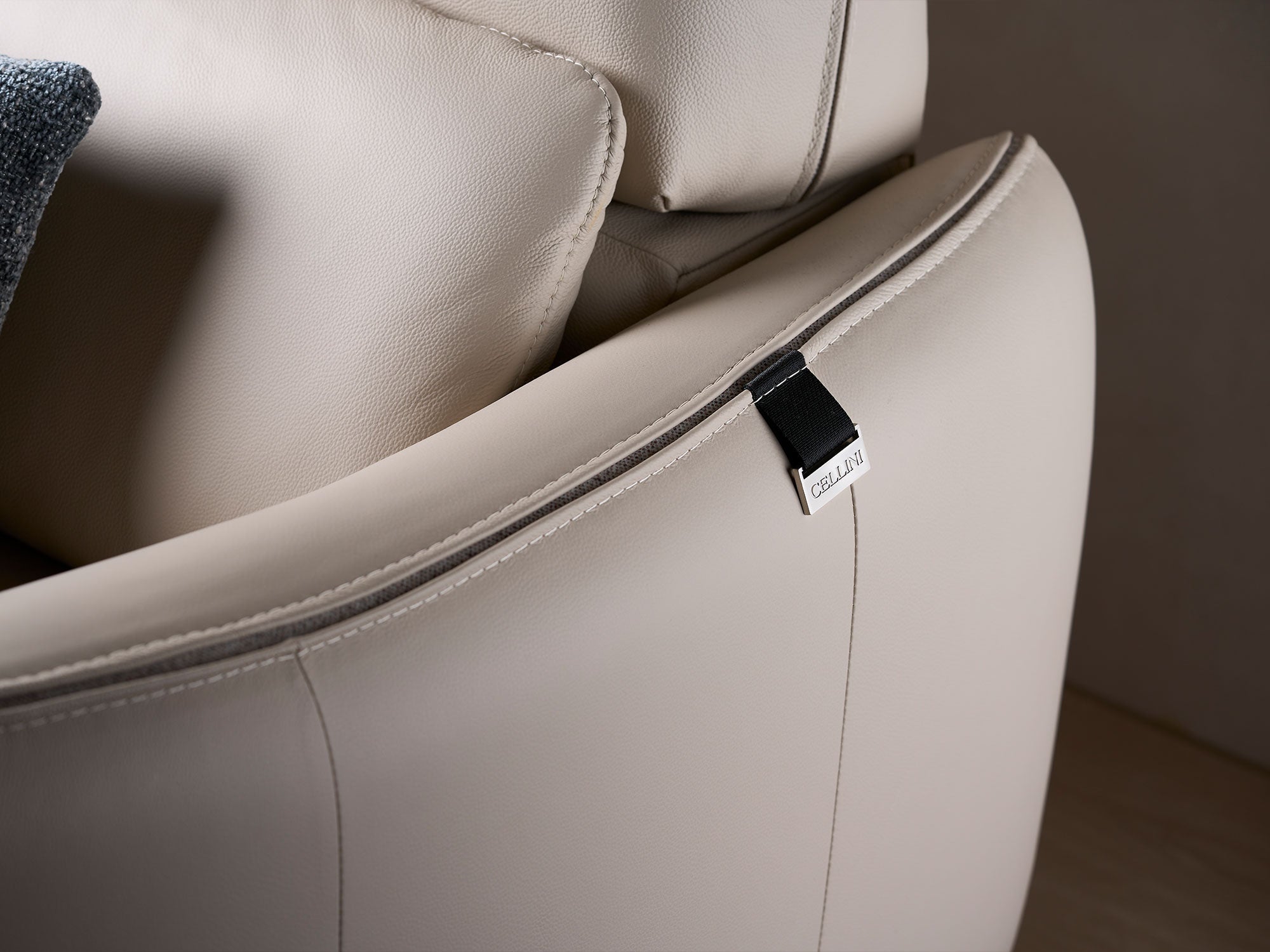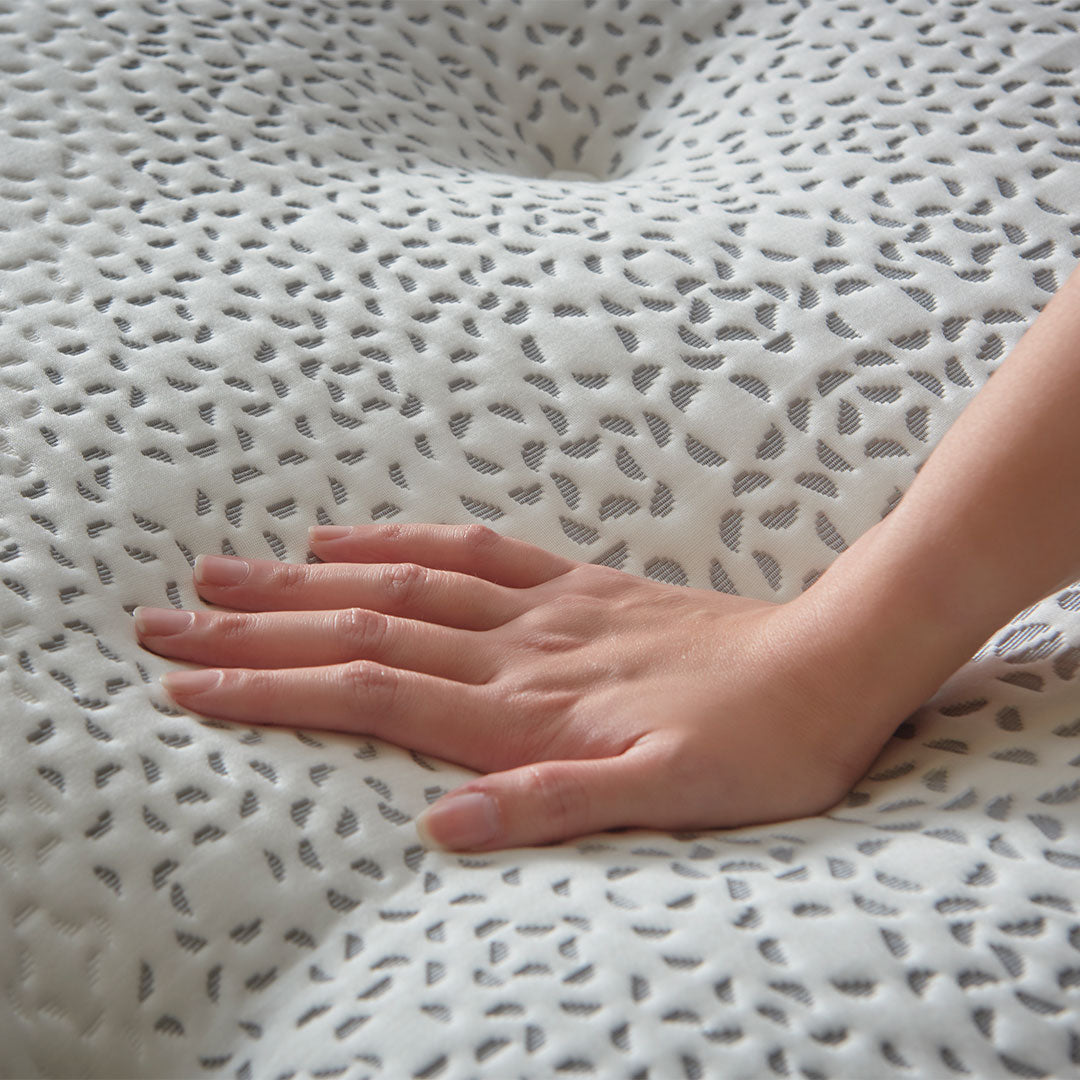Key Takeaways
- Natural marble offers unmatched veining and timeless appeal, but it requires careful maintenance.
- Sintered stone is more durable and practical, especially for high-traffic areas.
- Your choice between the two depends on how you wish to balance both visuals and functionality in your home.

When it comes to selecting the right surface material for your dining table or countertop, many homeowners find themselves deciding between sintered stone vs marble. Both offer elegance and a touch of luxury, but they cater to different needs. The choice is not only about beauty but also about how the material fits into your lifestyle, particularly if you live in a modern flat, landed property, or condominium where the dining table often becomes the heart of the home.
Let’s take a closer look at how these two materials compare in terms of visual appeal, durability, maintenance, and longevity.
Visual Appeal

Marble has always been associated with luxury. Its natural veining is unique, so no two pieces look exactly alike. This gives a marble table or countertop an artistic character that many homeowners admire. For those who enjoy timeless design, marble remains a popular choice.
That being said, the sintered stone vs marble debate is often defined by the versatility of both materials. A sintered stone table top can mimic the look of marble or even other materials such as wood or concrete, all whilst remaining consistent in its patterns. It is available in a wide range of colours and finishes, making it easier to match your furniture to different interior themes. For homeowners who prefer a uniform yet modern look, a sintered stone dining table could prove to be the ideal solution.
Durability and Resistance

Marble, while beautiful, is a softer stone. This makes it more susceptible to damages, including scratches, stains, and etching from acidic substances like lemon juice or vinegar. For families who enjoy hosting gatherings or cooking at home, this fragility can become a concern.
In contrast, the comparison between sintered stone vs marble shows a clear difference in performance. Sintered stone is manufactured using advanced technology that compresses natural minerals at high pressure and temperature. The result is a material that is incredibly strong and resistant to heat, stains, scratches, and even UV rays. This makes it ideal for high-traffic areas such as the dining room or kitchen, where spills and heavy use are common.
Maintenance Requirements

Another factor to consider is upkeep. Marble requires sealing to prevent staining and should only be cleaned with non-acidic products. Even with meticulous care, it can lose its sheen over time if it is exposed to frequent wear.
On the other hand, sintered stone vs marble comparisons highlight how easy sintered stone is to maintain as opposed to the latter. Being non-porous, it does not absorb liquids, which means a simple wipe with mild soap and water is often all that is needed. For busy households that value convenience, this low-maintenance aspect can be a major advantage.
Lifespan and Longevity

With proper care, marble can last for decades and even “season” with age. However, this longevity requires consistent effort and upkeep in order to minimise the risk of visible wear.
Sintered stone, on the other hand, offers long-lasting durability and requires very little maintenance. It does not chip or scratch easily and retains its original appearance for many years. This makes it especially practical for homeowners who want to invest in a table that can effortlessly withstand daily use.
When it comes to sintered stone vs marble, it is clear that while marble continues to shine with its natural beauty, sintered stone proves to be the more practical option for most modern homes in Singapore. It offers flexibility in design, outstanding durability, and effortless maintenance, making it especially suited for households that need furniture to be both stylish and functional.
Here at Cellini, we pride ourselves in crafting and curating furniture—including sintered stone dining tables—that encompasses the best of both worlds, both in aesthetics and function. As one of the leading furniture shops in Singapore, we remain committed to delivering unmatched quality and customer service, helping you turn your home into an elegant sanctuary.
To find out more about our furniture catalogue, please contact us today.







